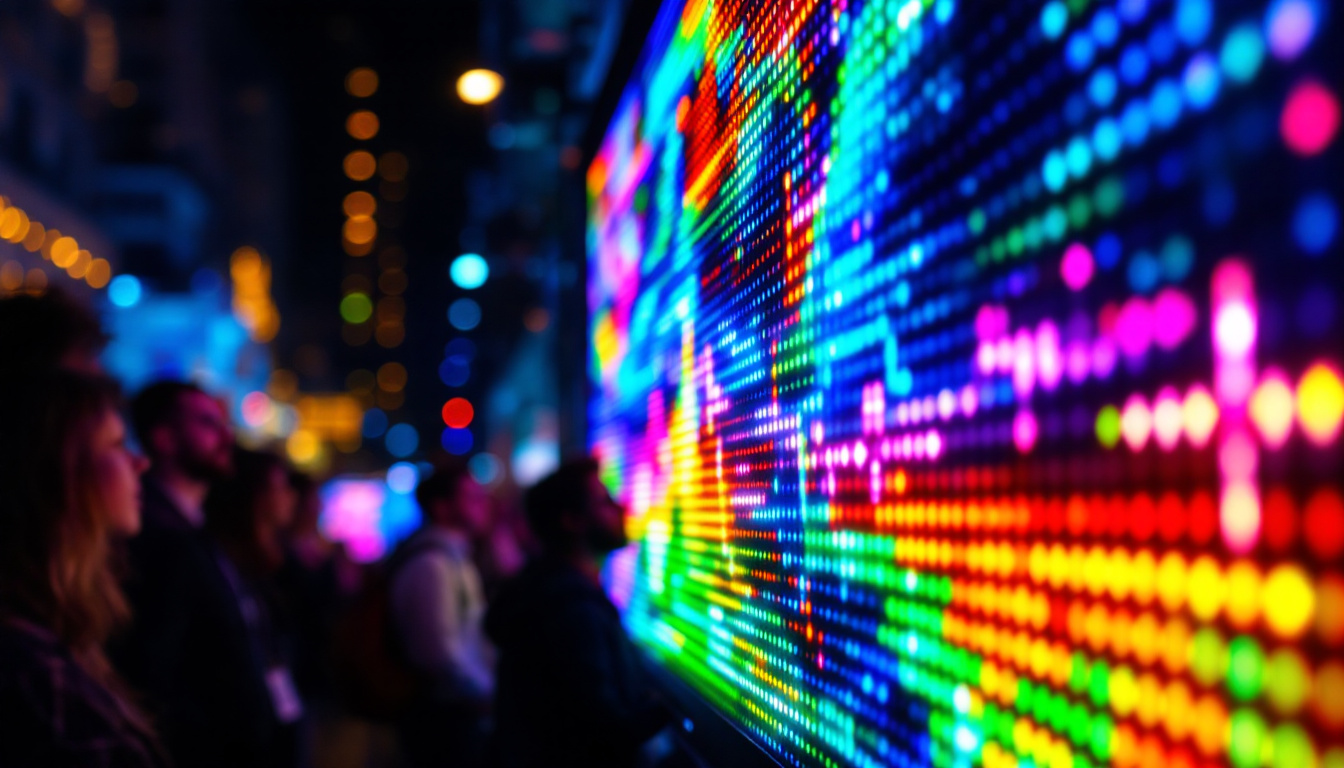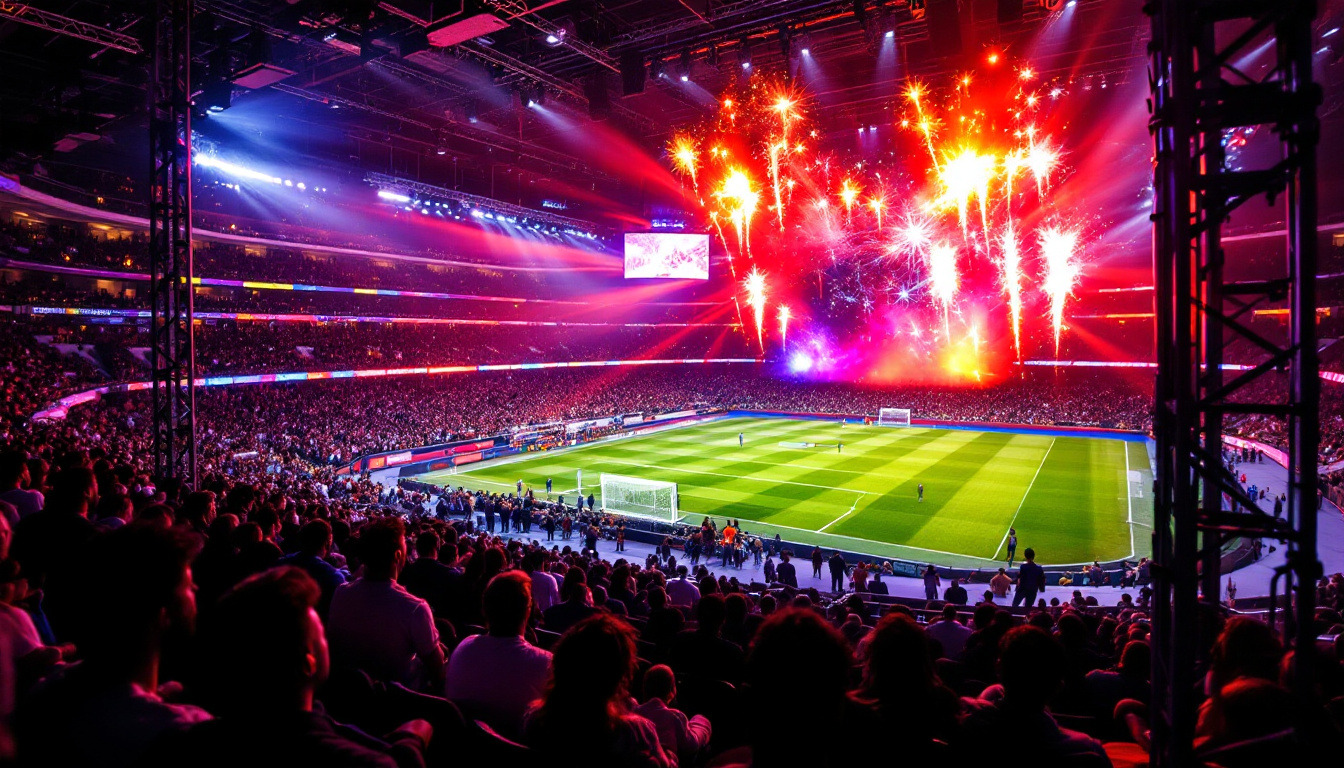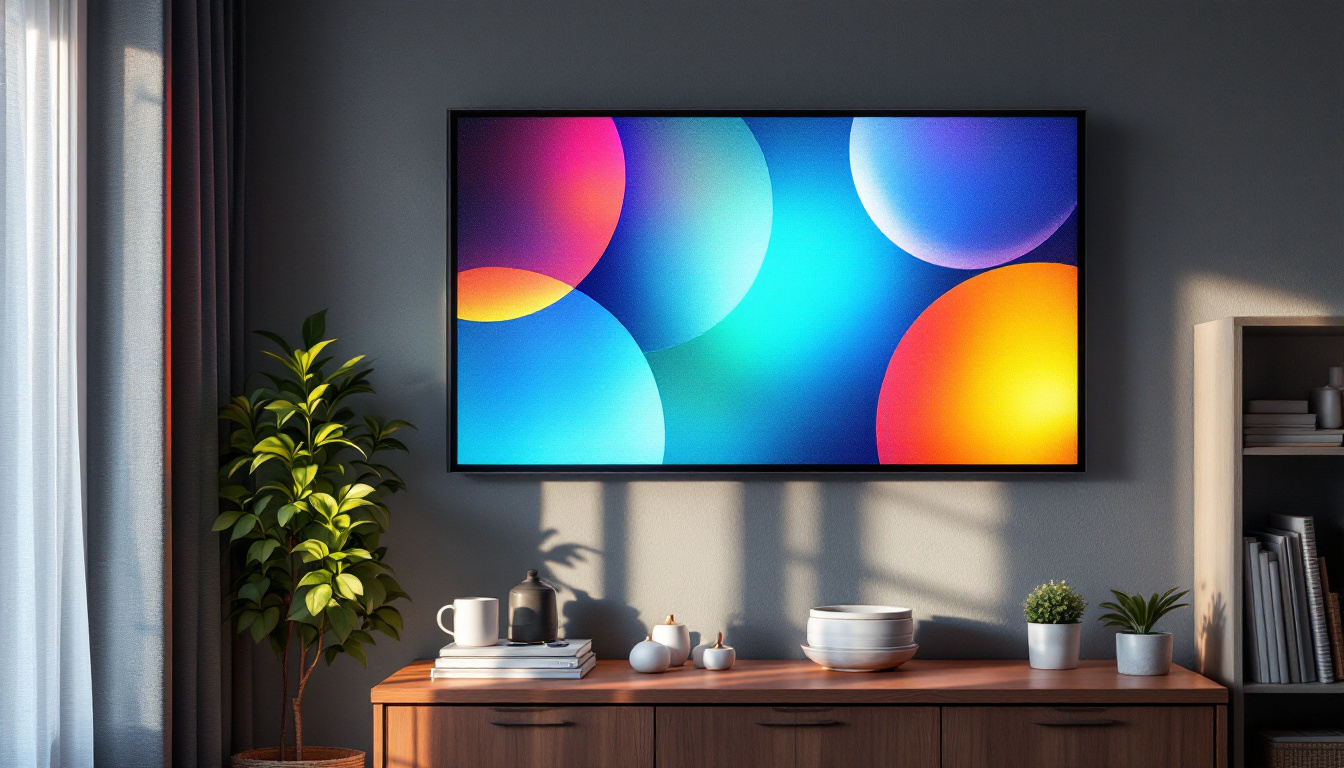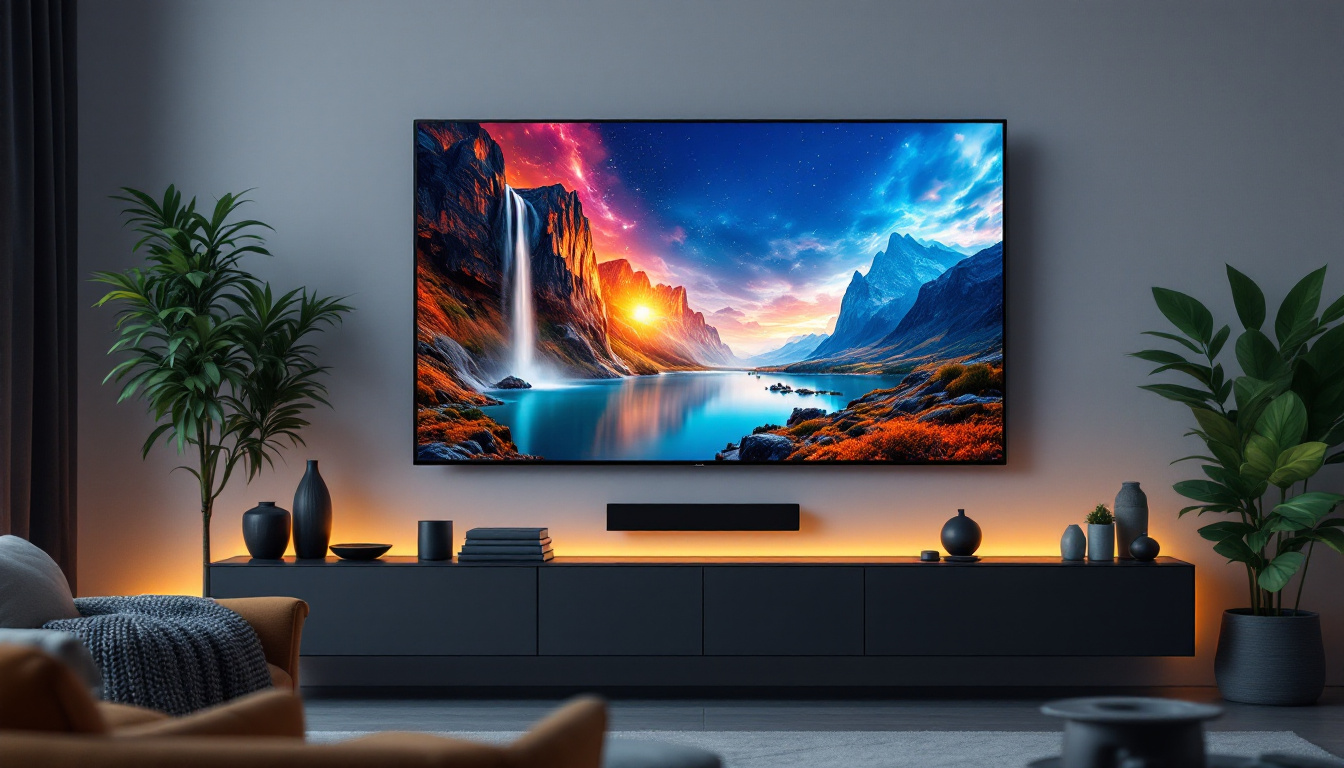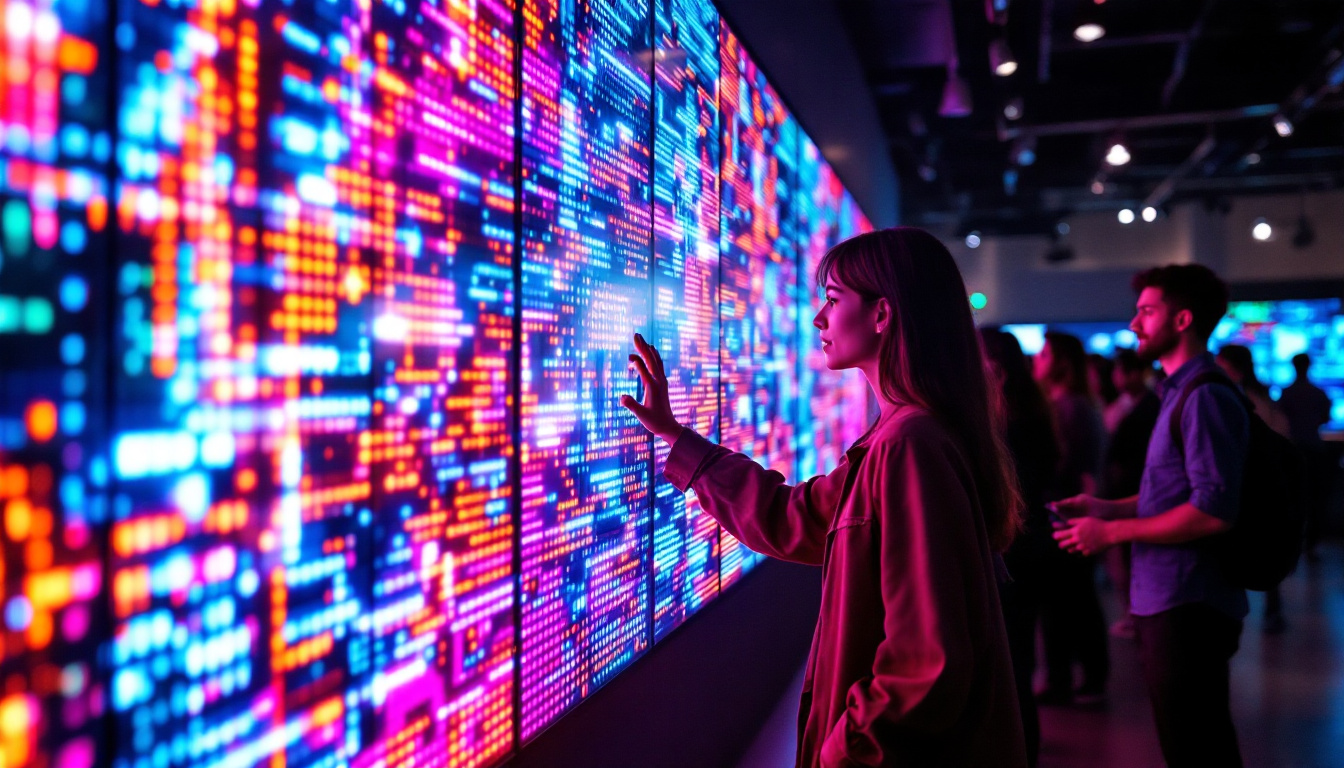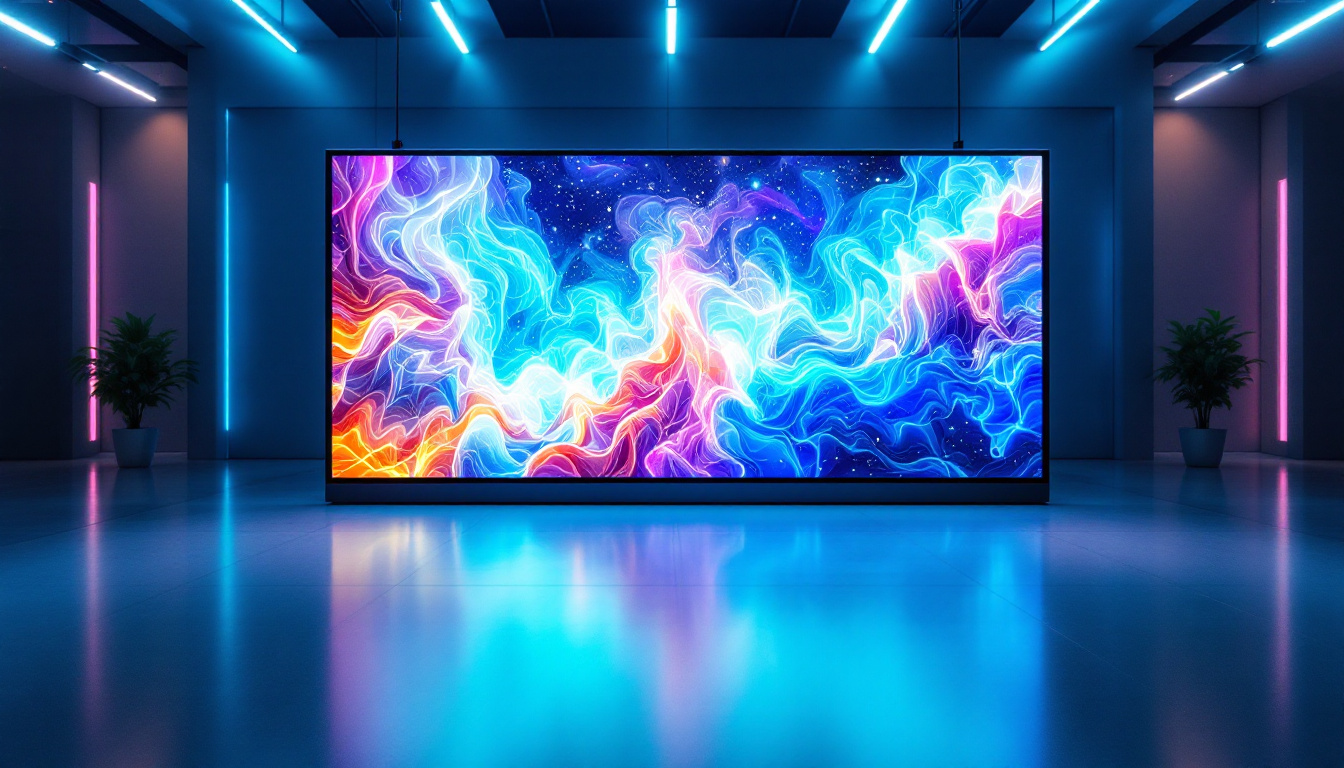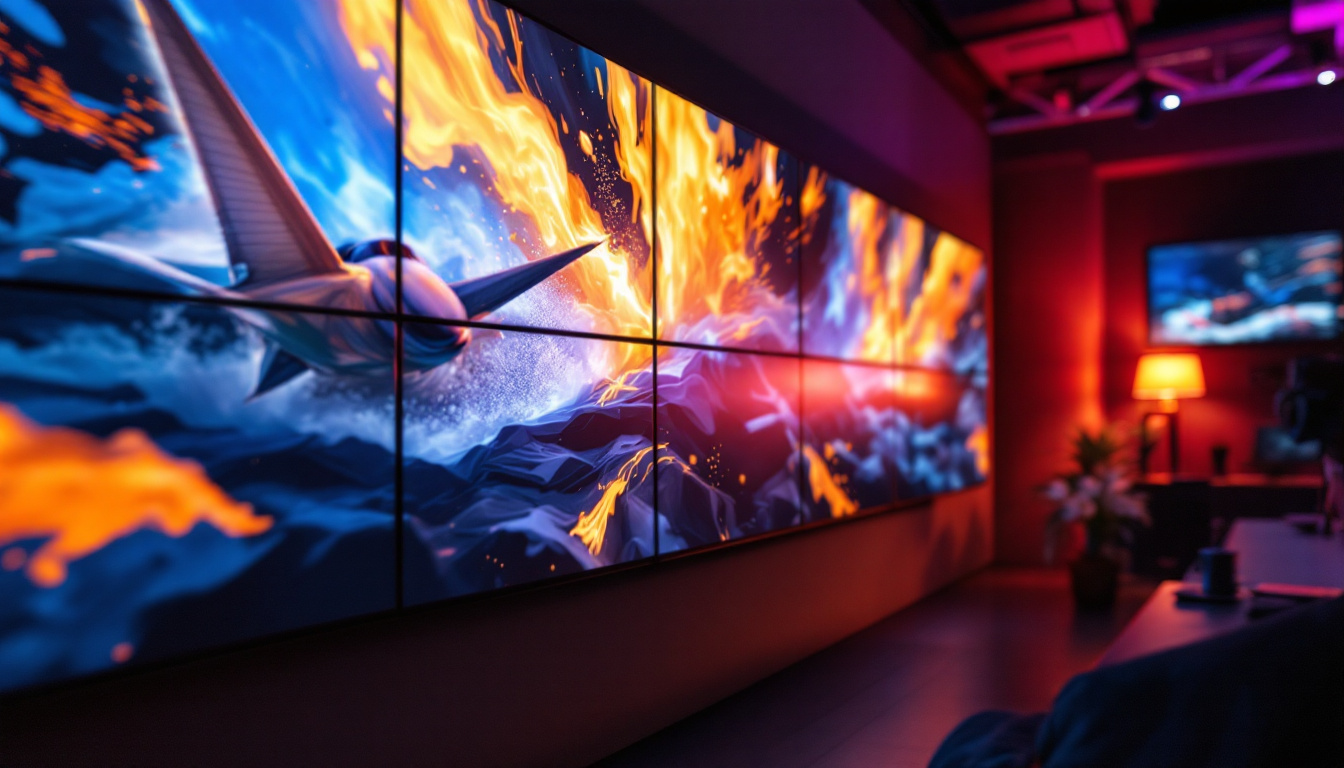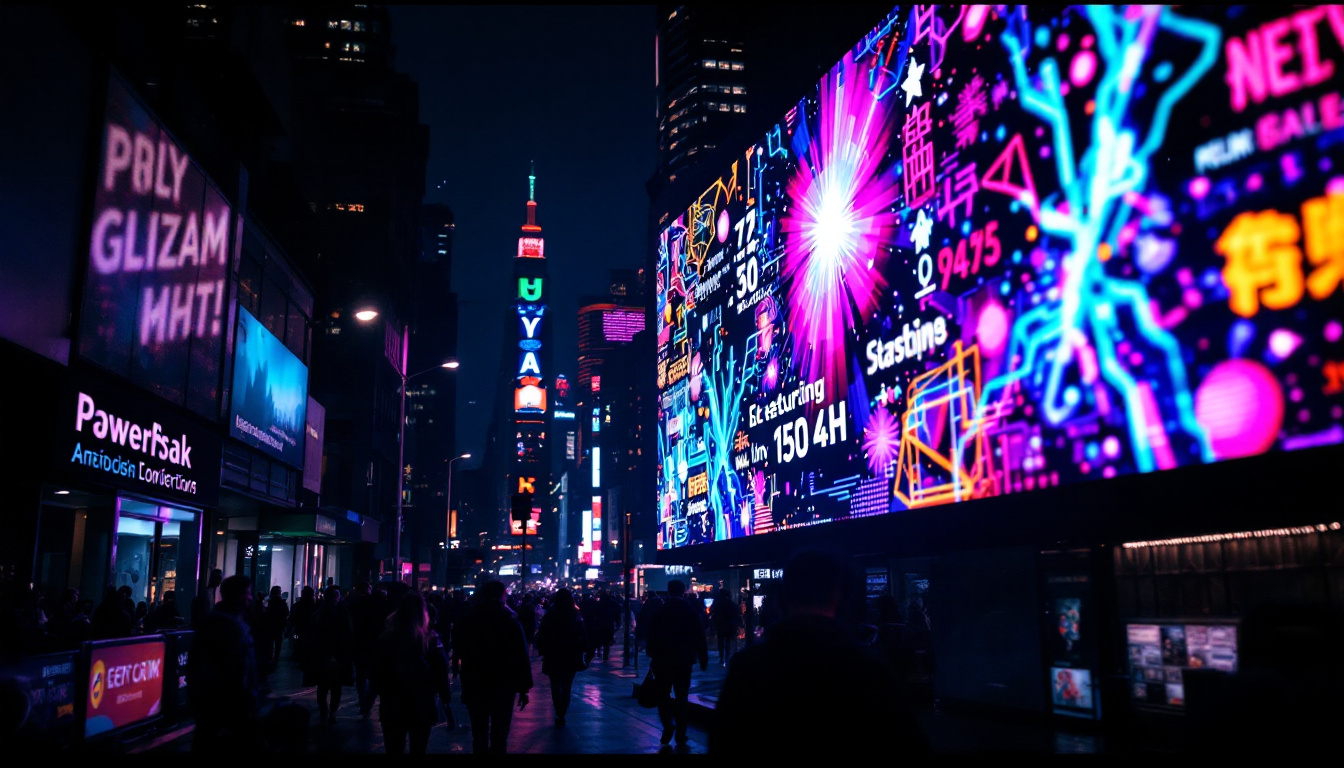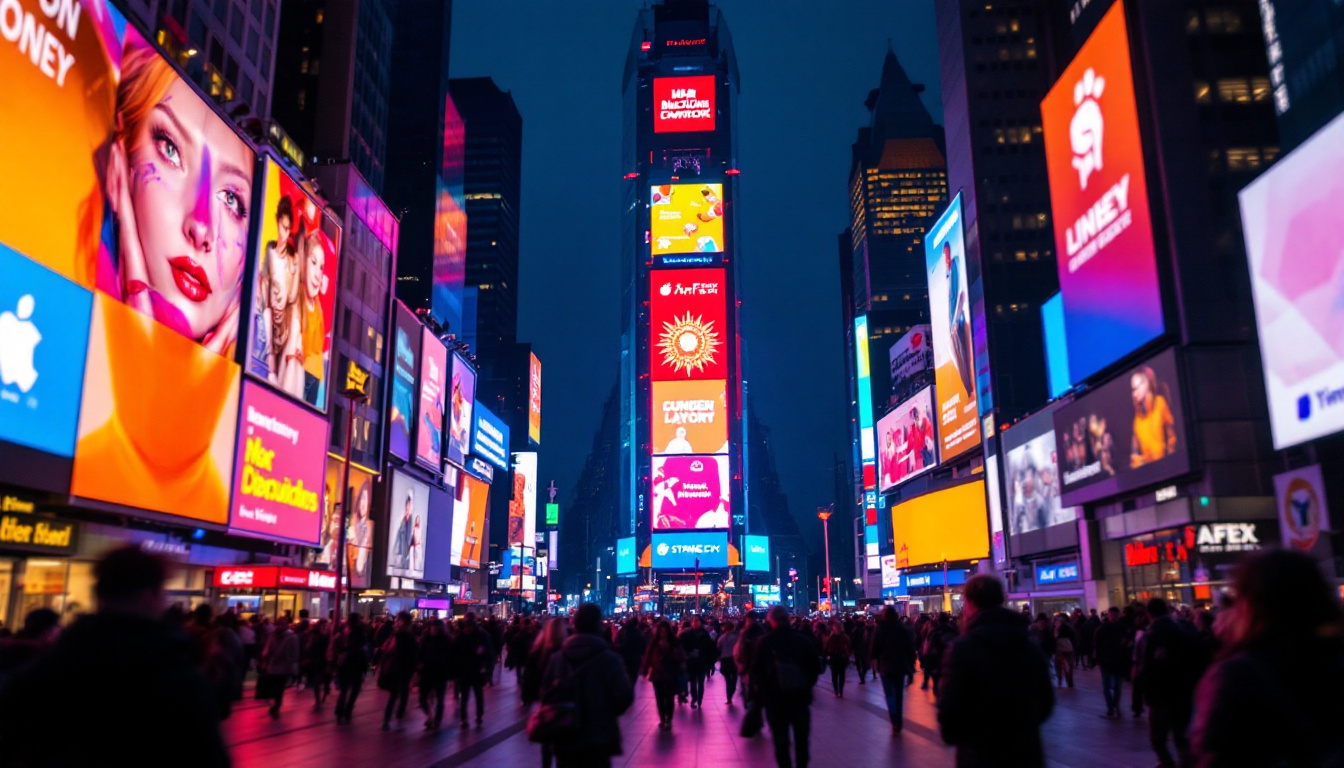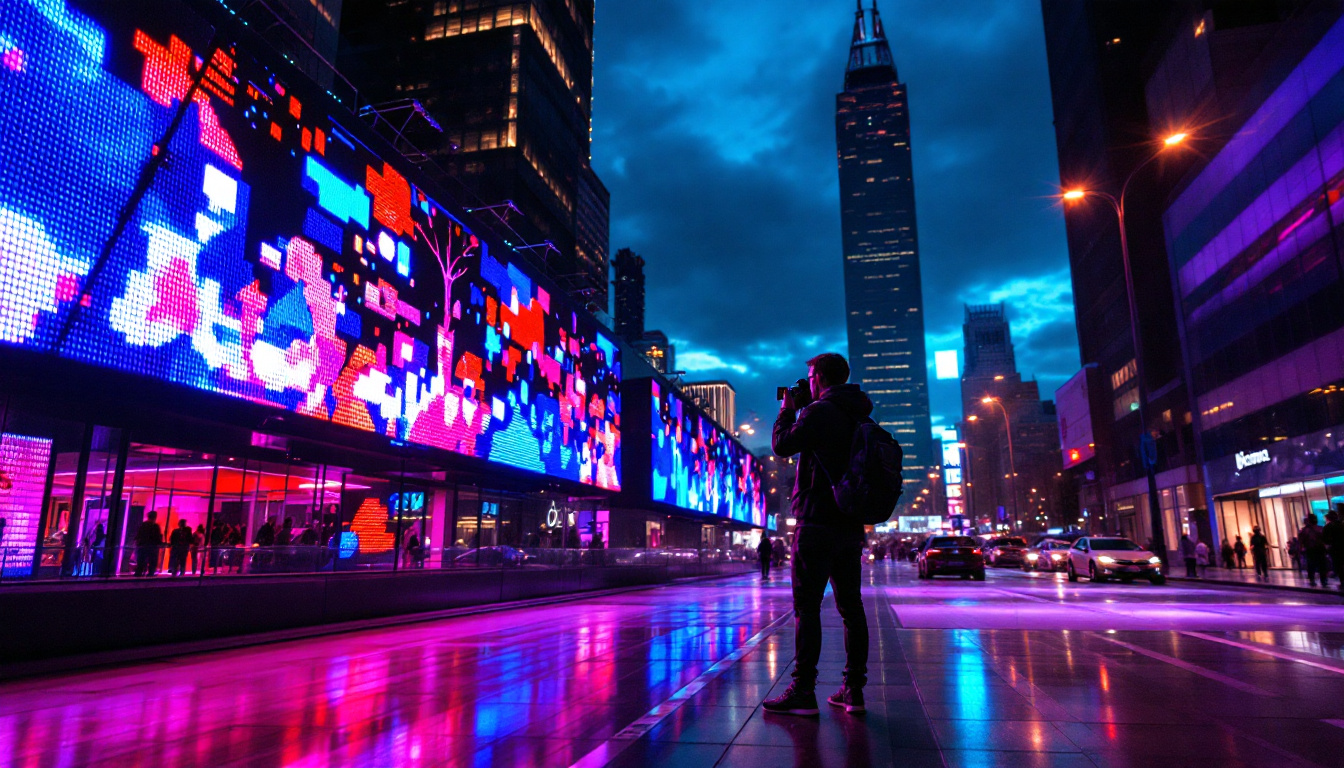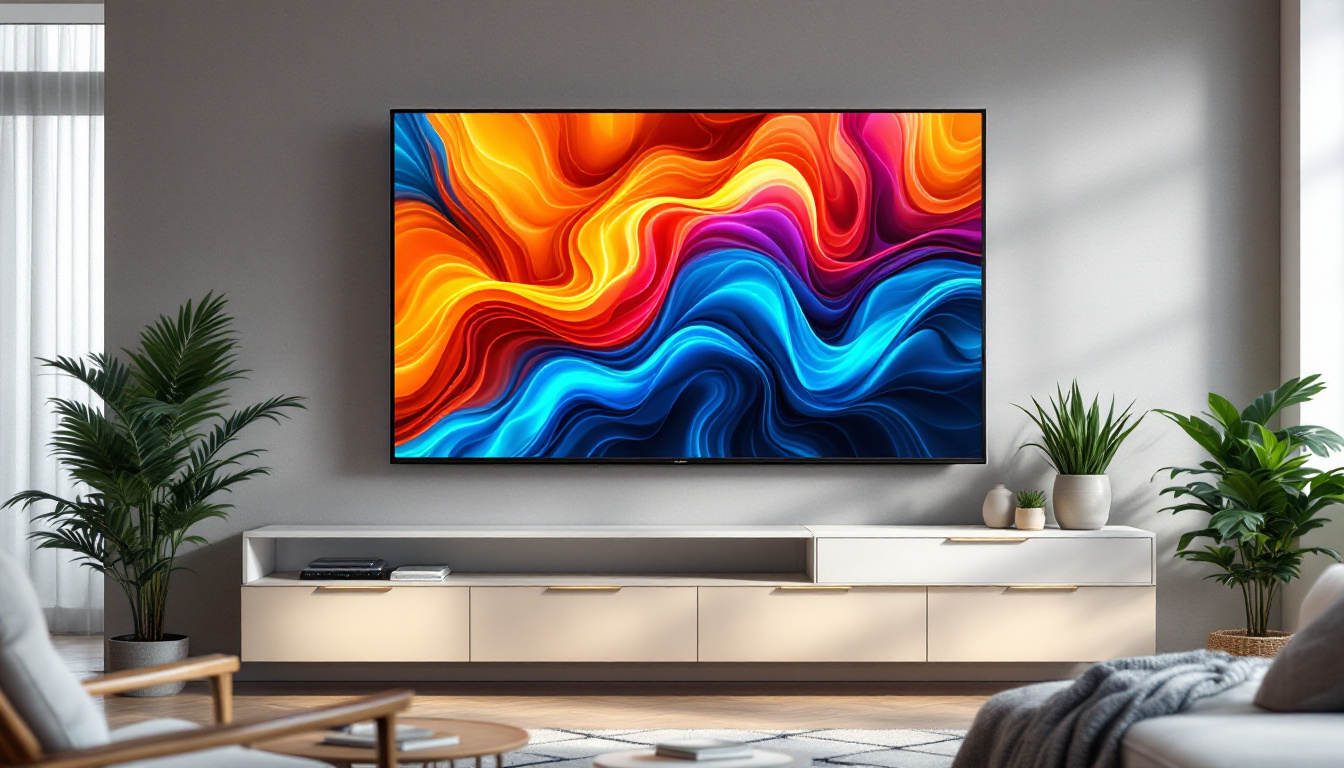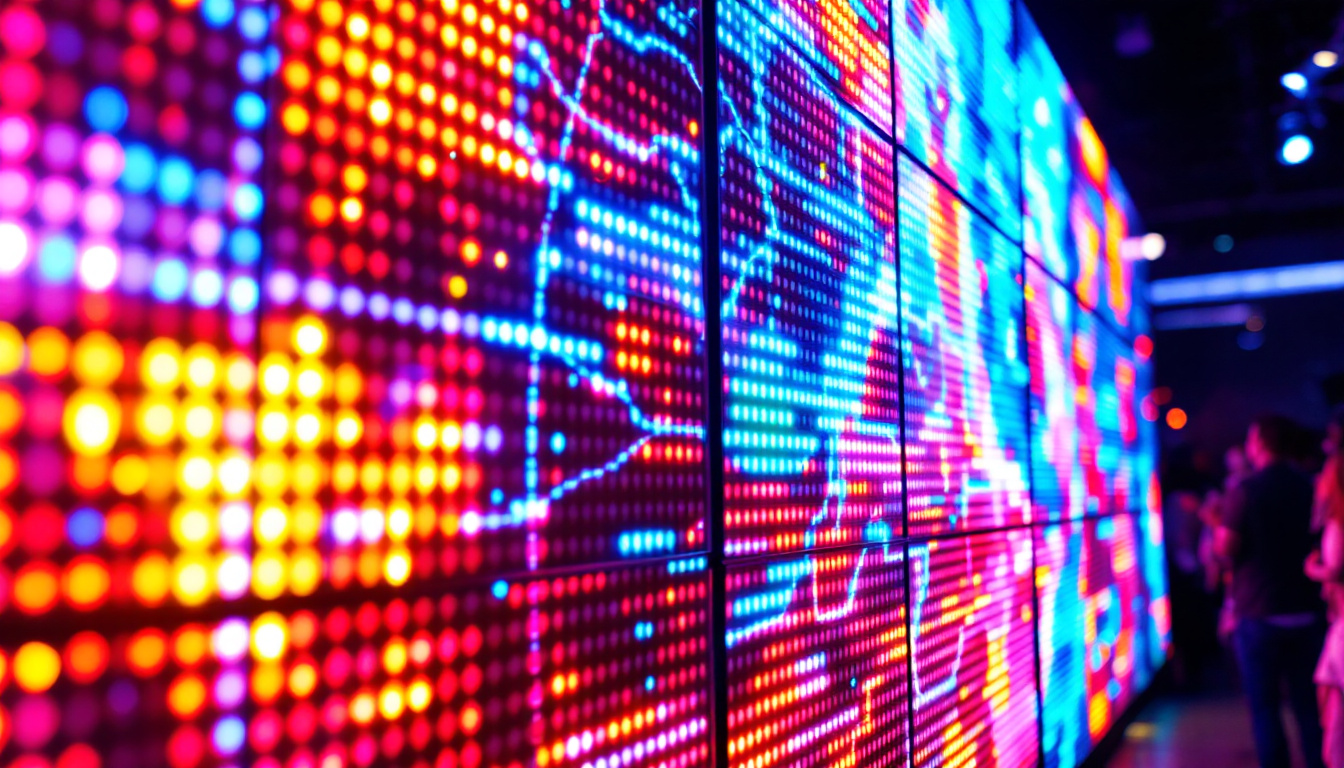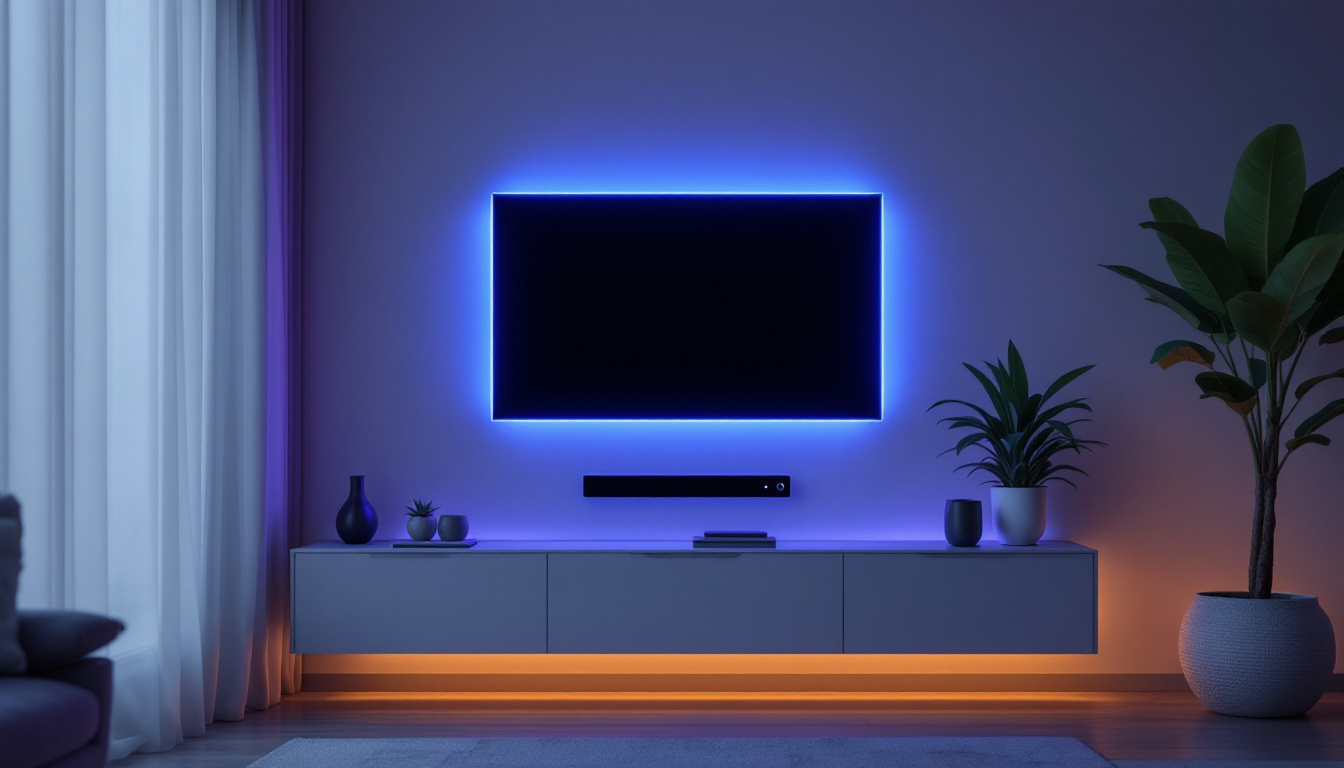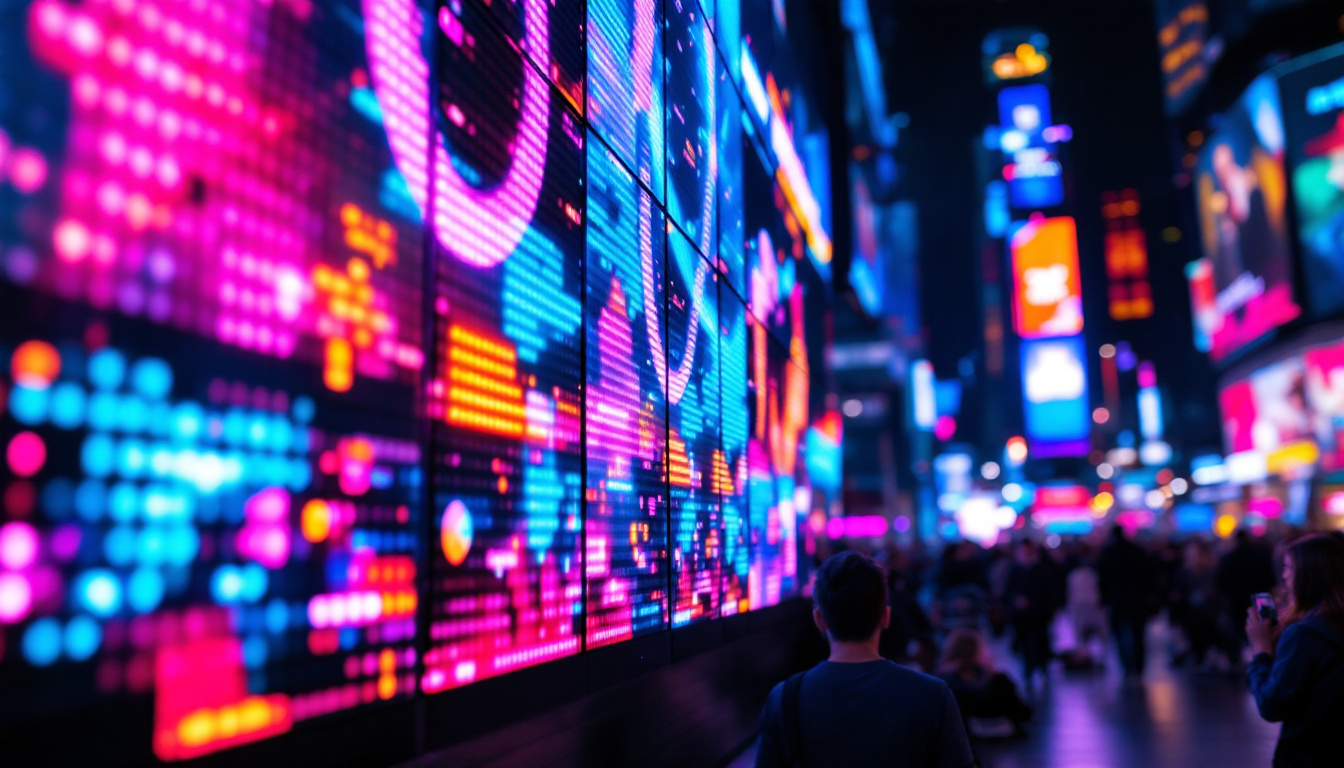In the modern world of visual communication, LED displays have become a cornerstone of advertising, entertainment, and information dissemination. Among the various technologies employed in LED displays, LED scanning stands out as a crucial method that enhances the performance and efficiency of these systems. This article delves into the intricacies of LED scanning, exploring its mechanisms, benefits, and applications.
Understanding LED Displays
LED displays are composed of an array of light-emitting diodes (LEDs) that work together to create vibrant images and videos. These displays can be found in various forms, including digital billboards, television screens, and indoor displays. The technology behind LED displays has evolved significantly over the years, leading to improved brightness, color accuracy, and energy efficiency. As a result, LED displays have become a staple in both commercial and residential settings, revolutionizing the way we consume visual content.
The Basics of LED Technology
At the core of LED displays are the light-emitting diodes, which are semiconductor devices that emit light when an electric current passes through them. The color of the emitted light depends on the materials used in the diode. Commonly, red, green, and blue (RGB) LEDs are combined to produce a full spectrum of colors through additive color mixing. This capability allows for the creation of stunning visuals that can capture the attention of viewers, making them ideal for advertising and entertainment purposes.
LEDs are favored for their longevity and energy efficiency. Unlike traditional incandescent bulbs, which convert a significant amount of energy into heat, LEDs convert most of their energy into light. This characteristic not only makes them more environmentally friendly but also reduces operational costs for businesses utilizing these displays. Furthermore, the lifespan of an LED can reach up to 50,000 hours or more, significantly outlasting conventional lighting options and minimizing the need for frequent replacements.
Types of LED Displays
LED displays can be categorized into several types based on their application and configuration. The most common types include:
- Direct View LED Displays: These displays consist of individual LED modules that are directly visible to the audience. They are commonly used in outdoor advertising and large-scale installations. Their high brightness levels ensure visibility even in direct sunlight, making them a popular choice for billboards and sports arenas.
- LED Video Walls: Composed of multiple LED panels, video walls can create large, seamless images or videos. They are often used in control rooms, stadiums, and concert venues. The modular nature of video walls allows for flexibility in design, enabling the creation of unique shapes and sizes tailored to specific environments.
- LED Backlit Displays: These displays use LEDs to illuminate an LCD panel from behind. This technology enhances the brightness and color contrast of the images displayed. Backlit displays are commonly found in televisions and computer monitors, providing a superior viewing experience with deeper blacks and more vibrant colors.
In addition to these common types, there are also specialized LED displays designed for specific applications. For instance, transparent LED displays are gaining popularity in retail environments, allowing for eye-catching advertisements while maintaining visibility into the store. Another innovative variant is the flexible LED display, which can be bent or shaped to fit unconventional spaces, opening up new possibilities for creative installations. As technology continues to advance, the versatility and functionality of LED displays are expected to expand even further, making them an integral part of modern visual communication.
What is LED Scanning?
LED scanning is a technique used to optimize the performance of LED displays by controlling the way images and videos are rendered. This method involves selectively illuminating certain sections of the display at any given time, rather than lighting up the entire surface simultaneously. The primary goal of LED scanning is to reduce power consumption while maintaining high image quality.
How LED Scanning Works
LED scanning operates on the principle of multiplexing, where the display is divided into smaller segments or modules. Each segment is activated in a rapid sequence, creating the illusion of a fully illuminated display. This technique allows for significant energy savings, as only a portion of the display is powered at any moment.
The scanning process is typically controlled by a microcontroller or a dedicated LED driver, which synchronizes the activation of each segment. By adjusting the timing and duration of illumination, the system can create dynamic images and videos while minimizing power consumption. This rapid switching is often imperceptible to the human eye, allowing for a seamless viewing experience that feels continuous and fluid.
Benefits of LED Scanning
The implementation of LED scanning technology offers several advantages:
- Energy Efficiency: By illuminating only a portion of the display at any given time, LED scanning significantly reduces energy consumption, making it an eco-friendly option.
- Extended Lifespan: Reduced power usage leads to less heat generation, which can prolong the lifespan of the LED components and decrease maintenance costs.
- Improved Image Quality: LED scanning can enhance the overall image quality by allowing for finer control over brightness and color levels in different sections of the display.
In addition to these benefits, LED scanning also allows for greater flexibility in design and application. For instance, it enables the creation of large-scale displays that can be tailored to specific environments, such as outdoor advertising or indoor event staging. The ability to control individual segments means that designers can craft intricate visuals that respond to their surroundings, enhancing the viewer’s experience. Furthermore, as technology advances, the integration of LED scanning with smart systems and sensors could lead to even more innovative applications, such as interactive displays that change based on audience engagement.
Moreover, LED scanning is not limited to traditional displays; it is also being utilized in various fields such as automotive lighting, architectural illumination, and even wearable technology. This versatility showcases the potential of LED scanning to revolutionize how we perceive and interact with visual information across multiple platforms. As industries continue to embrace this technology, we can expect to see even more creative and efficient uses of LED scanning in the future.
Applications of LED Scanning Technology
LED scanning technology is widely used across various industries and applications. Its versatility and efficiency make it a popular choice for numerous settings.
Advertising and Marketing
One of the most prominent applications of LED scanning is in advertising. Digital billboards and outdoor displays utilize this technology to create eye-catching advertisements that can be updated in real-time. The energy efficiency of LED scanning allows advertisers to run campaigns at lower costs, maximizing their return on investment.
Entertainment and Events
In the entertainment industry, LED scanning is employed in concert venues, theaters, and sports arenas. Large LED screens can display dynamic visuals that enhance the audience’s experience. The ability to create vibrant images with minimal energy consumption is particularly beneficial for large-scale events that require extensive lighting.
Information Displays
LED scanning technology is also utilized in information displays, such as those found in transportation hubs, shopping malls, and corporate environments. These displays provide real-time information, such as flight schedules, advertisements, and news updates. The clarity and brightness of LED scanning make it easy for viewers to read information from a distance, improving communication in public spaces.
Challenges and Considerations
While LED scanning technology offers numerous benefits, there are also challenges and considerations that must be addressed. Understanding these factors is essential for businesses and organizations looking to implement LED displays.
Cost of Implementation
Although the long-term benefits of LED scanning can outweigh initial costs, the upfront investment can be significant. High-quality LED displays and the necessary control systems can require a substantial budget. Organizations must carefully evaluate their needs and budget before making a decision.
Technical Complexity
Implementing LED scanning technology can involve a steep learning curve. The complexity of programming and configuring LED drivers and controllers may require specialized knowledge. Businesses may need to invest in training or hire experts to ensure proper installation and operation.
Maintenance Requirements
While LED displays are generally low-maintenance, the scanning technology can introduce additional considerations. Regular maintenance is necessary to ensure that all segments are functioning correctly and that the display is performing optimally. Organizations must establish a maintenance schedule to address any potential issues promptly.
Future Trends in LED Scanning
The landscape of LED scanning technology is continually evolving, with new advancements and trends emerging regularly. Staying informed about these developments can help organizations leverage the latest innovations in LED display technology.
Integration with Smart Technologies
As smart technologies become more prevalent, the integration of LED scanning displays with IoT (Internet of Things) systems is expected to increase. This integration can enable real-time data analysis and dynamic content delivery, enhancing the overall effectiveness of LED displays in various applications.
Advancements in Display Resolution
Future advancements in LED scanning technology may also lead to higher display resolutions. As consumer demand for sharper images and more vibrant colors grows, manufacturers are likely to develop displays that can accommodate these expectations. Enhanced resolution will further improve the quality of visuals produced by LED scanning.
Environmental Sustainability
With increasing awareness of environmental issues, there is a growing push for sustainable practices in all industries, including display technology. Future LED scanning systems may incorporate more eco-friendly materials and energy-efficient designs, aligning with global sustainability goals.
Conclusion
LED scanning technology represents a significant advancement in the realm of LED displays, offering numerous benefits, including energy efficiency, improved image quality, and versatility across various applications. While challenges exist, the advantages often outweigh the drawbacks, making LED scanning a compelling choice for businesses and organizations. As technology continues to evolve, staying abreast of trends and developments will be crucial for leveraging the full potential of LED scanning in the future.
In a world where visual communication plays a vital role, understanding the intricacies of LED scanning can empower organizations to make informed decisions about their display technology. Whether for advertising, entertainment, or information dissemination, LED scanning is poised to remain a key player in the evolution of LED displays.
Discover LumenMatrix’s Innovative LED Solutions
Ready to elevate your visual communication with the latest in LED display technology? LumenMatrix is at the forefront of creating immersive and dynamic visual experiences. From Indoor and Outdoor LED Walls to specialized solutions like Vehicle Displays, LED Posters, and Sports Displays, our offerings are designed to captivate and engage your audience. Embrace the future with our Custom, All-in-One, and Transparent LED Displays, and see how our commitment to innovation can transform your brand’s visibility. Check out LumenMatrix LED Display Solutions today and join the revolution in visual storytelling.

